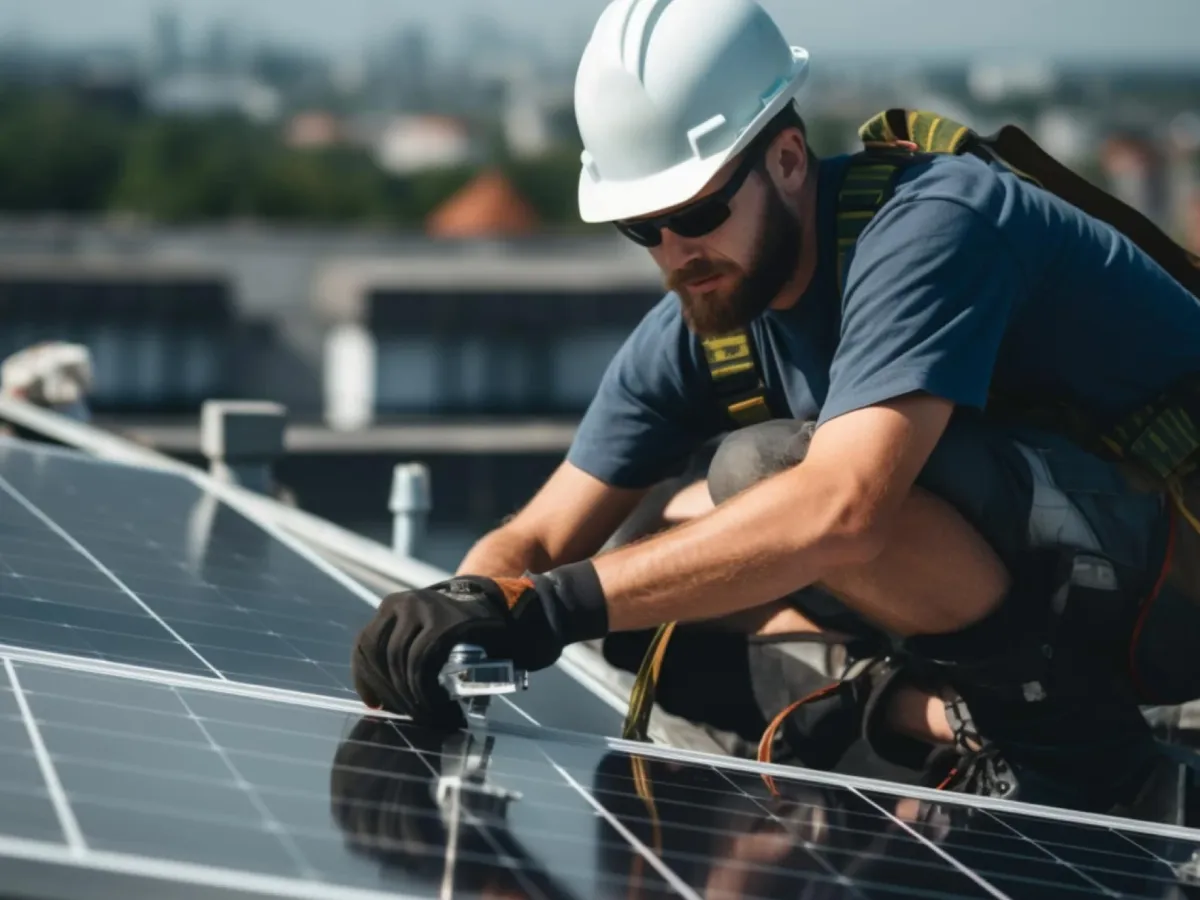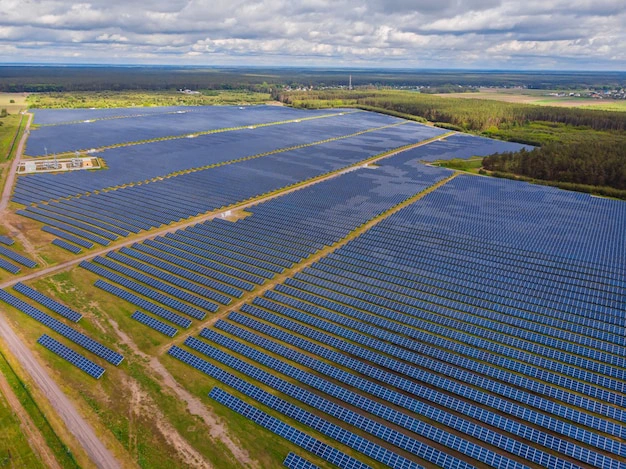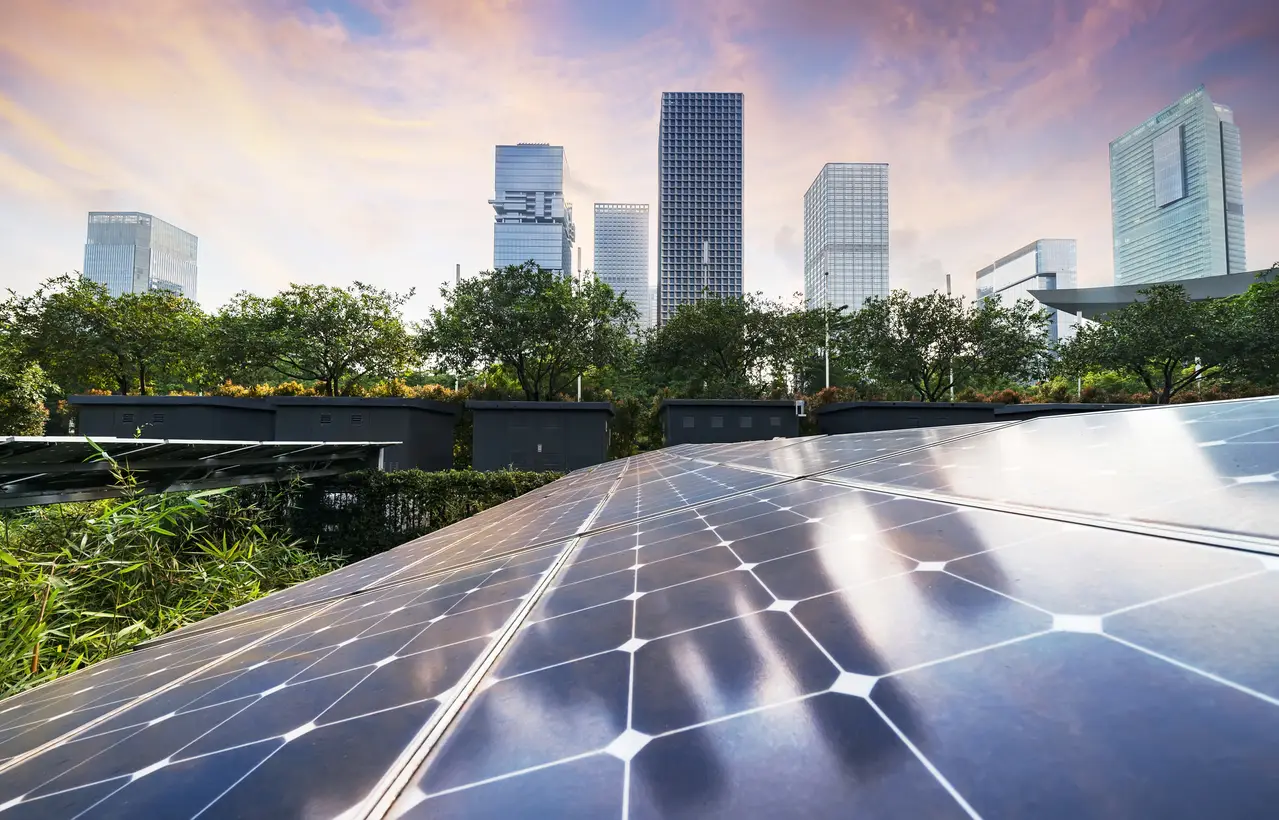Services




Residential
Net Metering Solar Installation
Net metering is a billing system that enables individuals who produce their own electricity, often from renewable sources like solar panels, to send surplus energy back to the grid. Homeowners receive credits for this excess energy, which can be used to reduce their electricity bills during periods of low solar production. Here are the main benefits of net metering programs:

Financial Savings for Consumers
Reduced Electricity Bills: Lower monthly expenses by generating your own power.
Credits for Excess GenerationEarn credits for surplus energy sent back to the grid.

Encourages Renewable Energy Adoption
Makes Solar More Affordable: Incentivizes investment in solar technology.
Energy Independence: Reduces reliance on traditional energy sources.

Environmental Benefits
Reduced Carbon Footprint: Decreases greenhouse gas emissions.
Promotes Clean Energy Growth: Supports the expansion of renewable energy sources.

Long-Term Energy Cost Stability
Protection Against Rising Utility Rates: Shields consumers from fluctuating energy prices.
Enhanced Property Value: Increases the value of homes with solar installations.
Net metering creates a win-win situation for consumers, the environment, and the energy grid, providing financial, ecological, and social advantages.


Experienced Solar
Talk to an Experienced Solar Consultant
A custom estimate provides a tailored pricing quote based on your specific requirements for a project or service. You should request a custom estimate when your needs are unique, vary from standard offerings, or if you’re unsure about the cost for a complex project.
A future savings calculator estimates how much your savings will grow over time based on the initial investment, regular contributions, interest rate, and duration. It helps set and plan financial goals.
Purpose: Identify areas where energy is being wasted and prioritize improvements.
Steps
Hire a professional auditor or use a DIY kit.
Look for air leaks, insulation issues, appliance inefficiencies, and areas of high energy use.
Use a smart meter or energy-monitoring device to measure real-time energy consumption.
Estimate Your Savings Adjust the sliders to match your home size match your home size and energy usage This Calculator is just an estimate, to find out Specific cost for your area Please speak with a conultant
5.1kW
Starting At-
489 kWh avg usage
-
100% Energy Offset
-
Complete Ownership
-
Includes Installation
6.4 kW
Starting At-
611 kWh avg usage
-
100% Energy Offset
-
Complete Ownership
-
Includes Installation
7.7 kW
Starting At-
733 kWh avg usage
-
100% Energy Offset
-
Complete Ownership
-
Includes Installation
9.8 kW
Starting At-
937 kWh avg usage
-
100% Energy Offset
-
Complete Ownership
-
Includes Installation
12.9kW
Starting At-
1238 kWh avg usage
-
100% Energy Offset
-
Complete Ownership
-
Includes Installation
17 kW
Starting At-
1629 kWh avg usage
-
100% Energy Offset
-
Complete Ownership
-
Includes Installation
MicroFIT Solar project
A microFIT solar project is a small-scale renewable energy initiative governed by the micro Feed-In Tariff (microFIT) program from the Ontario Power Authority (OPA), enabling individuals to sell electricity back to the grid. If you have a residential microFIT project and wish to maximize energy production, revenue, and profitability, we can customize our services to suit your specific requirements.
Monitoring and Reporting
Our monitoring team provides crucial remote monitoring, diagnostics, and troubleshooting services 24/7 throughout the year. This includes:
- Analyzing daily system performance
- Identifying potential issues
- Recommending solutions to resolve any problems
Preventive Maintenance
We routinely evaluate the condition, functionality, and safety of all solar photovoltaic (PV) systems, performing essential preventive maintenance to enhance the system’s performance. Our strategy focuses on minimizing generation losses during maintenance activities.
Corrective Maintenance
We coordinate on-site corrective maintenance as needed. Our field technicians are skilled in various inverter technologies.
Removal and Installation of the system for roof repairs
If your roof requires repairs or replacement, our expert team can safely remove the system to assist with the work. Once the repairs are complete, we will reinstall the system, ensuring you can continue to benefit from it with confidence.
Roof Repairs and/or Replacement
We offer a comprehensive turnkey solution. If you decide to collaborate with our roofing expert, we will provide a complete quote for removal, roofing, and installation services, giving you peace of mind throughout the entire process.
Commercial Solar
Tap into the sun’s plentiful energy for a brighter tomorrow.

Embrace solar energy to reap a multitude of benefits for your business:

Gain a Competitive Advantage
Transitioning to solar power aligns with customer values and positions your business as a progressive leader in the industry.
a. Feasibility Studies for new solar installation
b. Monitoring & Reporting
Effective monitoring and reporting are crucial for maximizing the benefits of commercial solar systems, ensuring they operate efficiently while providing valuable insights for strategic planning and sustainability initiatives.

c. Preventive Maintenance
Conduct routine visual inspections of solar panels, inverters, and mounting structures to identify any signs of wear, dirt accumulation, or damage.
Schedule periodic cleaning of solar panels to remove dust, debris, and bird droppings that can reduce efficiency and energy output.
Inspect electrical connections and wiring for signs of corrosion, wear, or loose connections to ensure safety and optimal performance.
Review inverter performance and functionality, including firmware updates, to ensure they operate efficiently and effectively.
Regularly calibrate monitoring equipment to maintain accuracy in performance tracking and reporting.
Maintain detailed records of all maintenance activities, inspections, and system performance metrics to support compliance and future audits.
D. Corrective Maintenance
Issue Diagnosis: Quickly identify and diagnose issues based on performance data and monitoring alerts to determine the root cause of failures.
Repair or Replacement
Carry out necessary repairs or component replacements, such as damaged panels, faulty inverters, or malfunctioning electrical
— components.
Emergency Response
Develop a response plan for emergencies, including rapid mobilization of technicians to address significant failures or safety concerns.
Post-Repair Testing
Conduct thorough testing after repairs to ensure that the system is operating correctly and efficiently before returning it to full operation.
Stakeholder Communication
Inform relevant stakeholders of issues, repairs undertaken, and any potential impact on energy production or costs.
Continuous Improvement
Analyze the causes of corrective maintenance incidents to identify trends and improve preventive strategies, enhancing overall system reliability.
e. Solar Vegetation
Proper vegetation management is crucial for maintaining the efficiency and effectiveness of commercial solar systems. By implementing strategic practices for vegetation control, businesses can optimize energy production while supporting environmental sustainability.
Initial Assessment
Evaluate the area surrounding the solar installation to identify existing vegetation, potential growth, and how it may impact solar exposure.
Regular Maintenance
Implement a routine maintenance schedule for mowing, trimming, and weeding to prevent overgrowth that could shade solar panels.
Removal & Reinstallation of system for Roof Repairs
When it becomes necessary to remove and reinstall a commercial solar system—whether for roof repairs, renovations, or other reasons—it is essential to follow a systematic approach to ensure safety, efficiency, and system integrity.
- Pre-Removal Planning
- Coordination with Stakeholders
- System Shutdown
- Removal Process
- Reinstallation Preparation
- Reinstallation Process
- Post-Reinstallation Testing
- Documentation and Reporting
